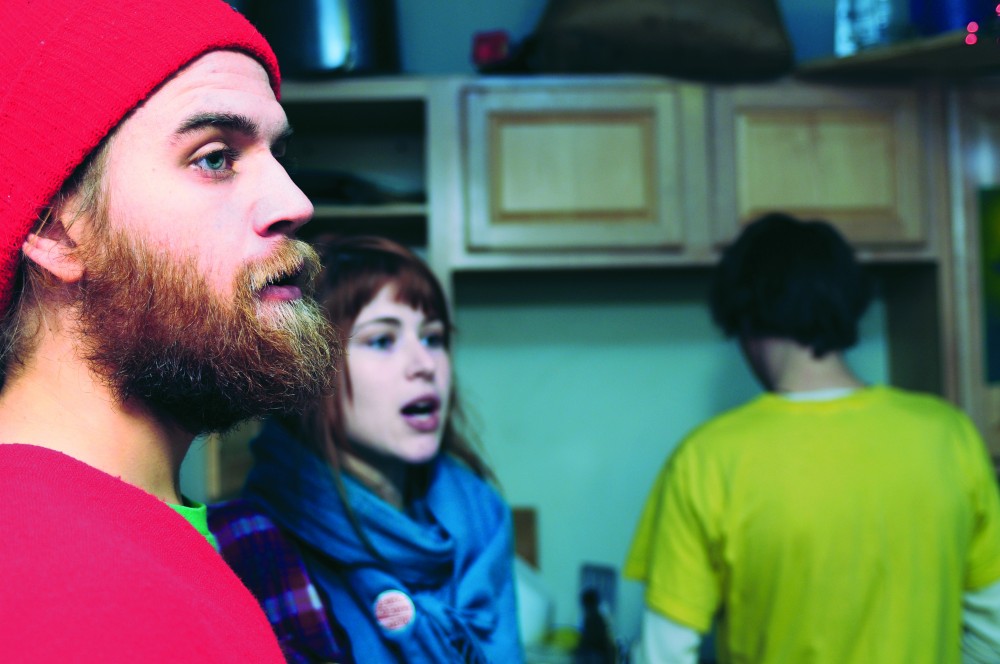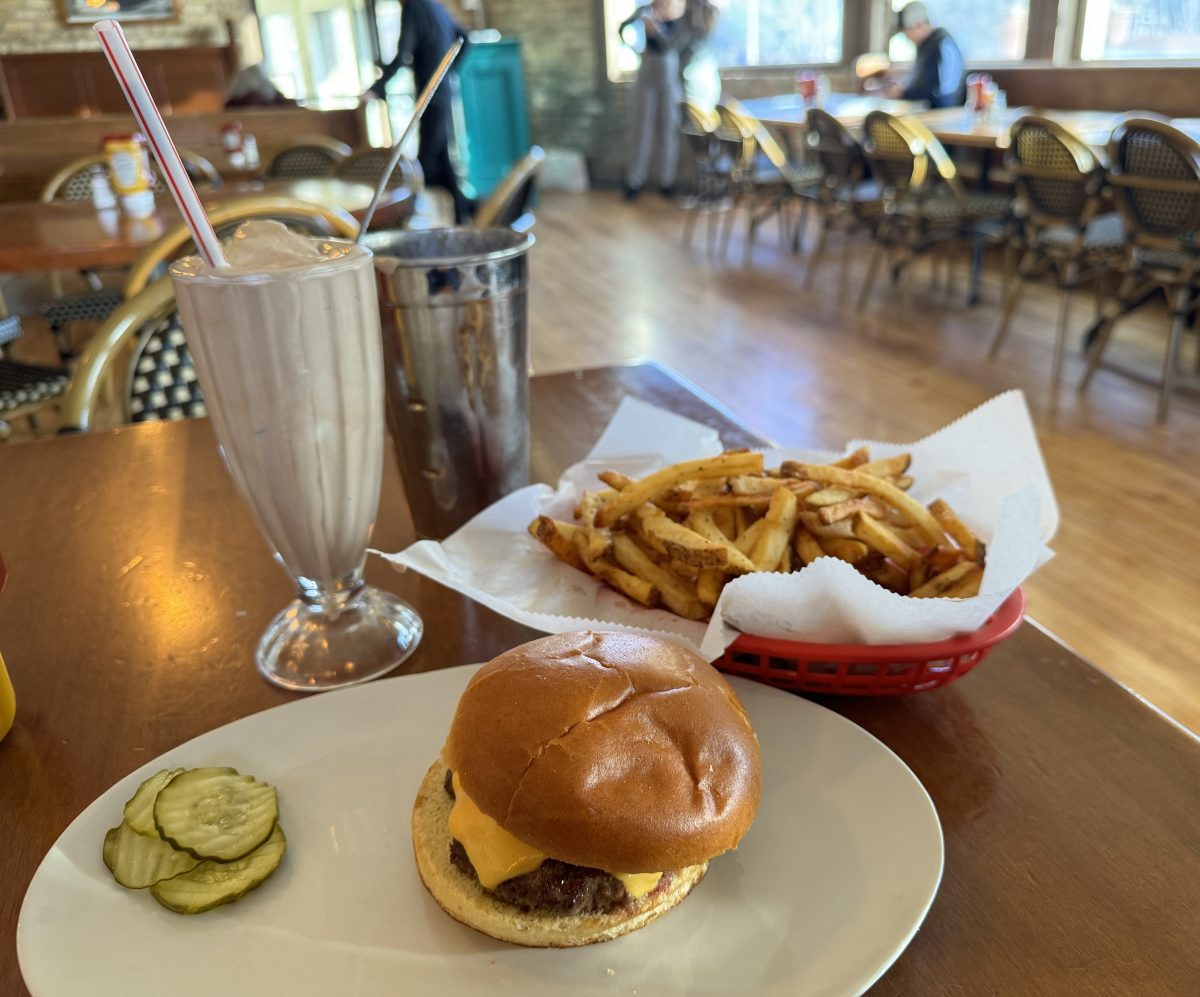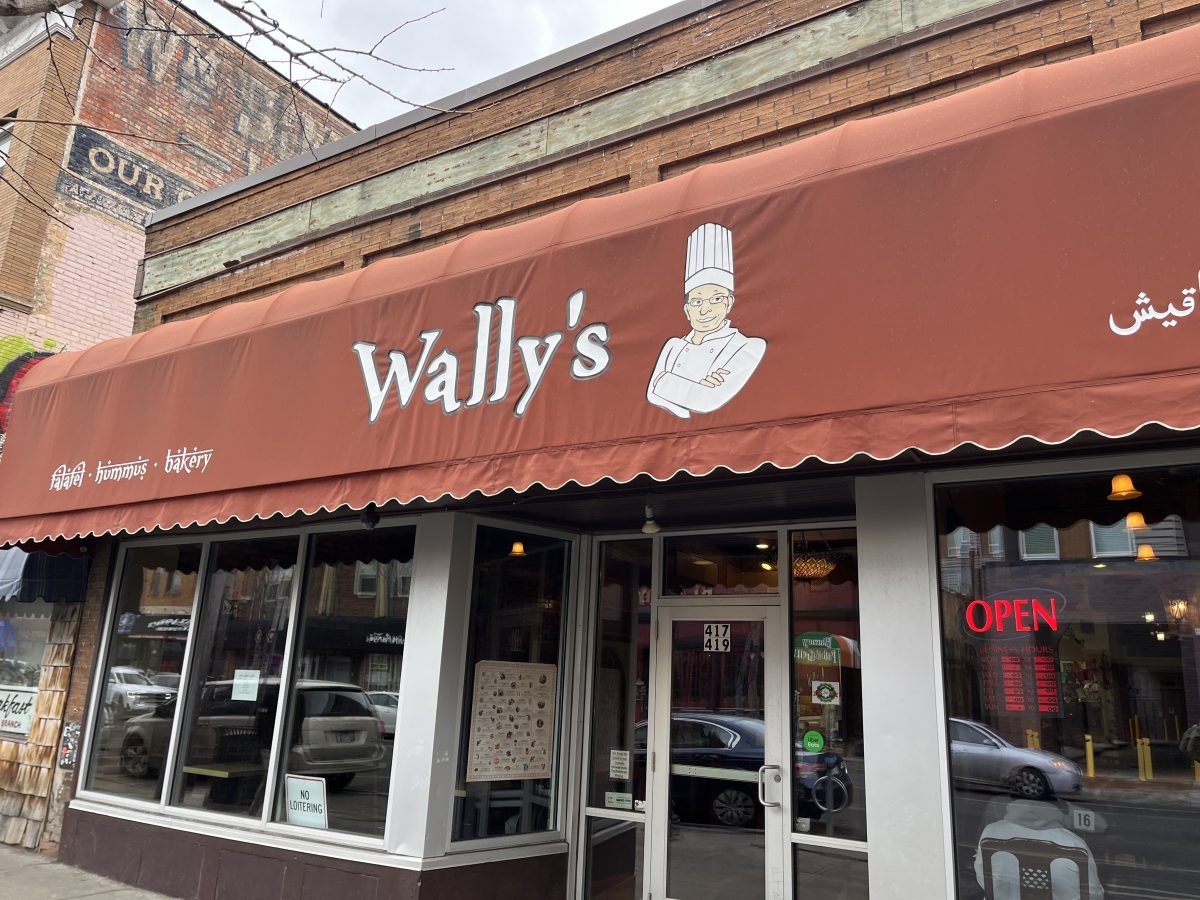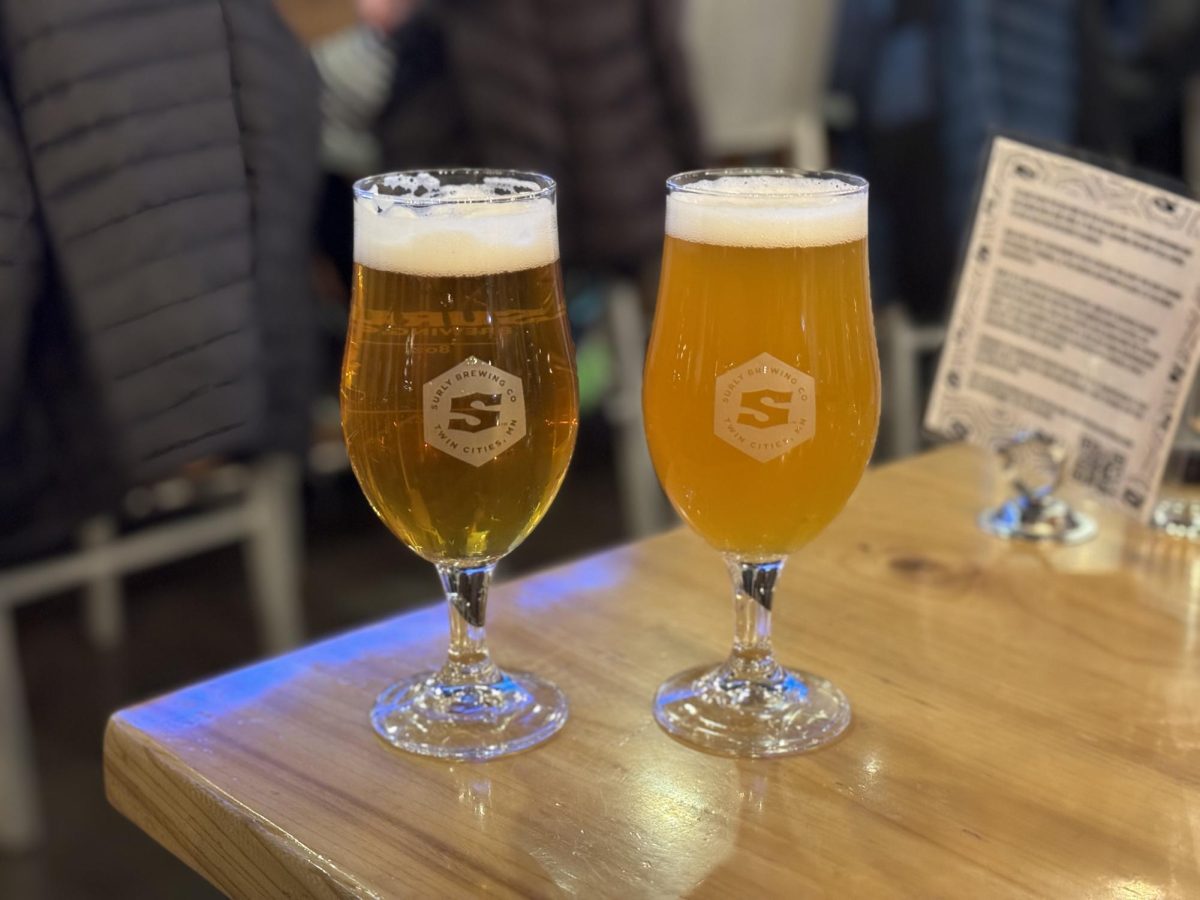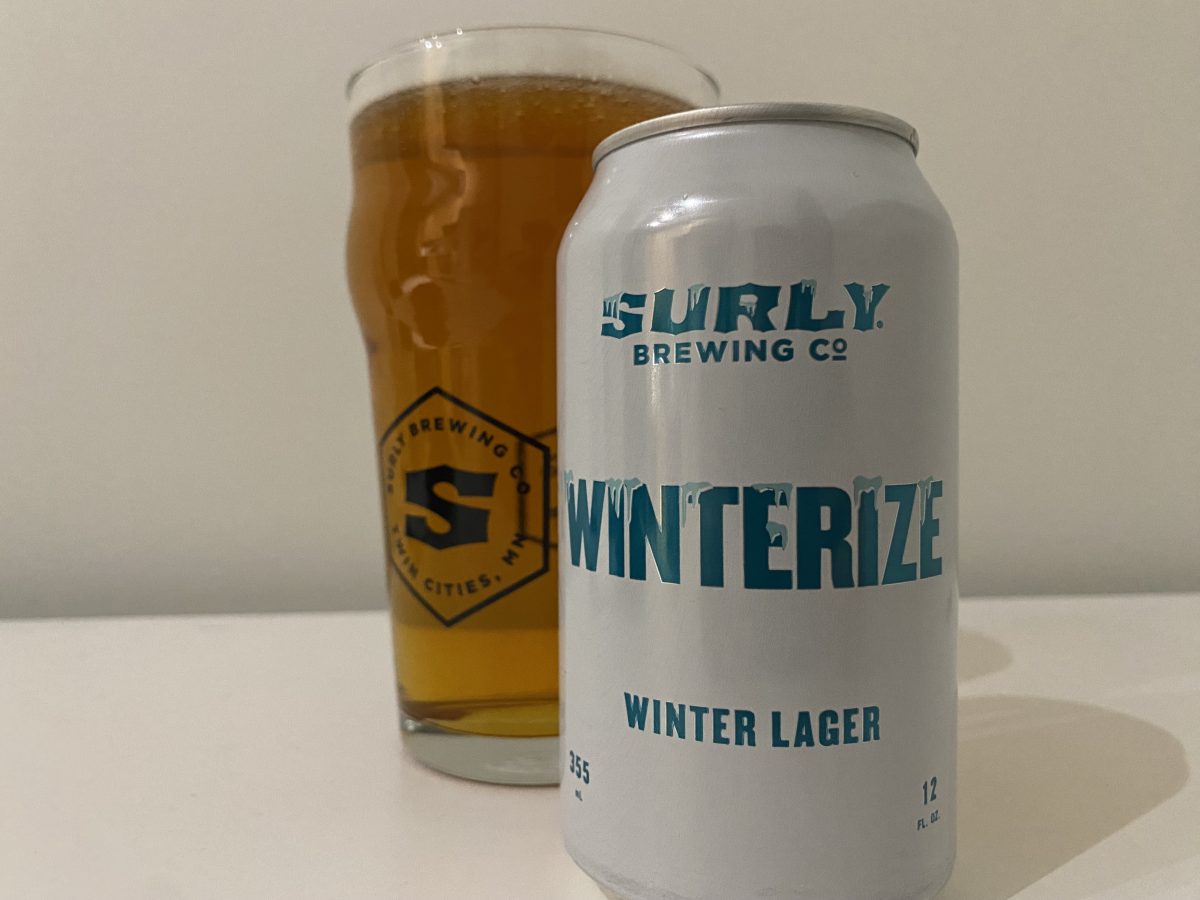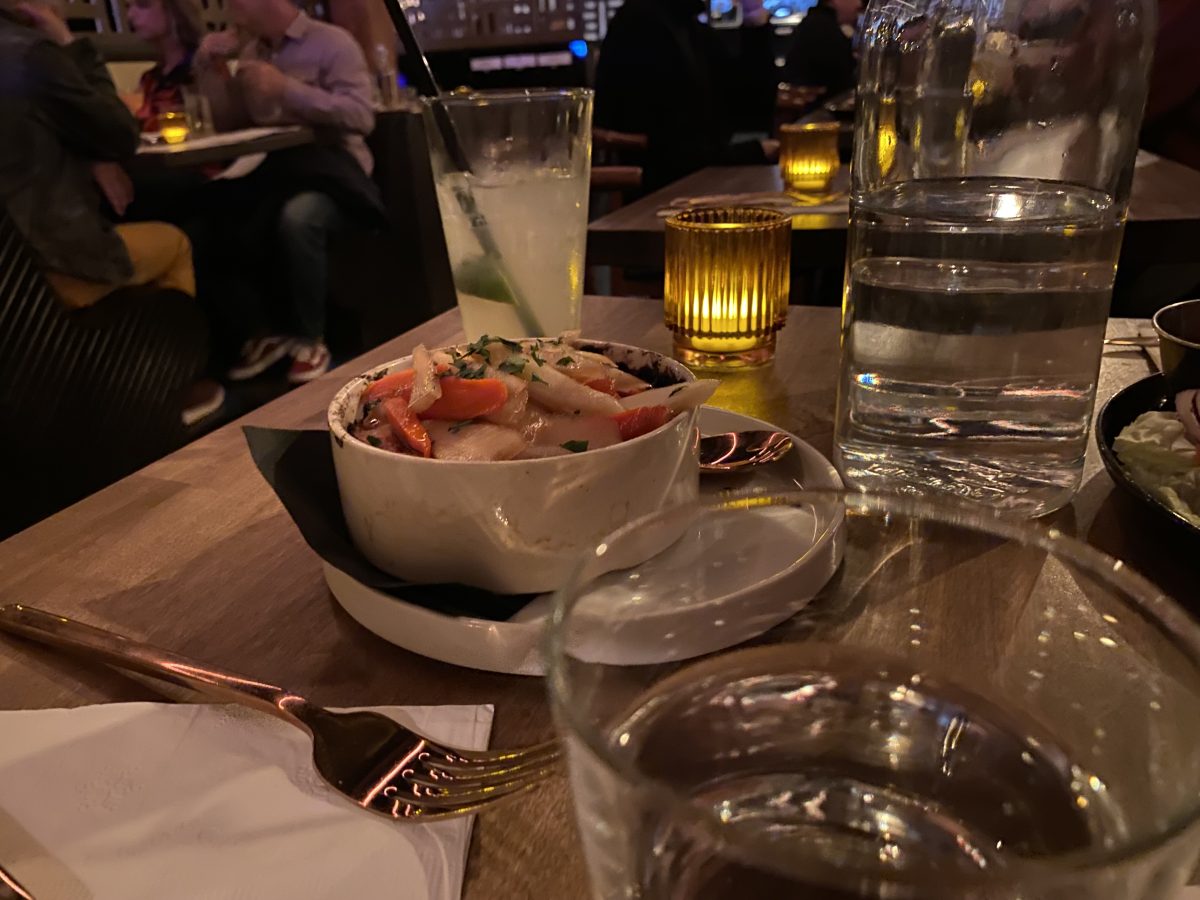Maybe too few people in this country eat food from the garbage. On the evening this nation elected its next president, several young Americans in south Minneapolis sat down to a meal made entirely of free food, all of it vegan. These are the freegans. The word is an amalgamation of âÄúfreeâÄù and âÄúvegan,âÄù and for these urbanites, eating typically involves more than just filling a belly with flash-cooked frozen foods. It usually means digging through a dumpster. âÄúItâÄôs about being frugal,âÄù said Andrew Jansen, a 24-year-old musician who used to work in a train yard. HeâÄôs the type of laid-back guy who shakes your hand and cooks you a meal on your first meeting, no questions asked. HeâÄôs lanky with a four-month-old beard and eyes as sparkly as Santa ClausâÄôs. He wears flannel shirts or bright monochromes, always with his long hair tucked behind his ears. In between part-time shifts at a bike shop, he plays music in âÄúA Paper Cup Band ,âÄù a folk-punk group that often jams in the sweatiest of Minneapolis basements. He bears more than a slight resemblance to the popular image of Jesus, and in several YouTube videos of his band, he is a dead-ringer for the Holy Son, only with an ironic flat-billed hat set crookedly atop his head. HeâÄôs been dumpstering, as he calls it, for about a year. Jansen is part of the Minneapolis branch of Food Not Bombs , a loose-knit organization of like-minded consumer-conscious folkies who share several meals a week. Much of the Food Not BombsâÄô philosophy is freegan-based: Quit fueling the massive consumer machine, and instead use what you can get for free or cheap. And thatâÄôs why dumpsters are so important. Trash receptacles can be veritable goldmines âÄî all you have to do is dig through the tubs that most people turn up their noses at. âÄúThere are some dumpsters that are basically like walking into supermarkets,âÄù said Rosemary Sindt , a first-year University student who has been dumpstering for about a year. âÄúThere are bags that are nothing but produce, bags that are nothing but bread,âÄù she said. She insists that eating food from the trash is not disgusting, like many people assume. They tend to think that dumpsters are filled with rotten apples and moldy bread, but thatâÄôs not what the divers are looking for when they set off to the trash heap. âÄúIâÄôm really picky about my dumpster food,âÄù Sindt said one afternoon as she gnawed on biscuits and gravy. âÄúIf itâÄôs a little gross, I wonâÄôt eat it.âÄù ThatâÄôs why itâÄôs important to know where to look. For the experienced dumpster diver, there are receptacles that practically resemble specialty food shops. That means that thereâÄôs a place to go when you want tostado chips, a place for scones and a dumpster for organic juice. Dumpstering can be like shopping (or maybe a better term is hunting), the main difference being that all the prey is dead, just waiting to be plucked from myriad bins across town. Yet thereâÄôs an obvious prejudice against people who dig through the garbage. Many people tend to think that anything labeled trash is unusable, that garbage food will make a person sick, and that anyone who willingly eats dumpstered food must already be ill in the head. But freegans claim that dumpstering is a socially conscious way to feed themselves in a world where much is wasted. In that way diving is an ideal, as well as a necessity. âÄúThe first thing people think is that youâÄôre poor,âÄù said Danielle Savoie, a Minneapolis diver who calls herself a hardcore freegan. âÄúPeople have offered me money.âÄù She said that most people donâÄôt understand it, so she doesnâÄôt bother going out of her way to explain her dumpstering to anyone anymore. DanielleâÄôs husband, Joshua Savoie, was once found digging in a dumpster by a homeless man, who warned him: âÄúThat food is going to make you sick!âÄù This stigma can feel patronizing or demeaning, but it comes with a few windfalls. Because many people think theyâÄôre too good for the dumpster, they miss out on all of the goods the receptacles offer. A 2004 study from the University of Arizona found that 40 to 50 percent of edible foods in the United States are tossed to the curb. In addition to gathering food, the divers decorate their homes with kitsch and supply their kitchens with utensils. Their best finds include galoshes, turn-tables, organs, typewriters, wine, weed and Christmas cookies. Diver Claire Monesterio found Alcoholics Anonymous books that later came in handy for a friend. One of the best things about dumpster diving and Food Not Bombs, Jansen said, is that itâÄôs a form of community building. When they sit around the room to share a meal, they do so with a respect for one another, and with a respect for the food that theyâÄôre eating. In a world where many people are achingly detached from their foodstuffs, dumpstering seems to be an in-your-face illustration of what it takes to sustain life. ItâÄôs about getting close to food, regardless of the fact that itâÄôs labeled as trash. On the night of the election, Andrew, a self-taught cook, prepared the meal. The food he used that night wasnâÄôt actually pilfered from dumpsters, but instead free from SistersâÄô Camelot , a south Minneapolis group that acquires food thatâÄôs about to expire from local stores or warehouses, all of it produce that would otherwise be flung into the trash. Several times a week, he and others affiliated with Food Not Bombs share meals. On this night, fewer than 10 people sat around the SistersâÄô Camelot office. The room is a haphazard collection of couches from the âÄô80s, wall-kitsch and edifying posters about garlic, grains and edible flowers. In the corner of the room is a seat from an early-âÄô90s minivan posing as a couch. âÄúIâÄôm going to dumpster a coffee table for this room eventually,âÄù said part-time freegan Lucy Geach as she scooped up food from a pan perched on the seat of a chair. In one pot is a hearty vegetable dish with potatoes, peppers, eggplant, zucchini, herbs, spices and lots of garlic. Next to that is a goopy gravy, and to its right sits a pot of rice. Andrew said the only thing he purchased for the meal was the garlic. It tastes Mom-made; nothing about it seems amiss or spoiled. The vegetables have a definite kick, an unexpected, nuanced flavor. The gravy tastes like something Colonel Sanders would whip up if he were vegan, and the rice is rice. The meal is veritably fall-inspired. ItâÄôs a harvest special, a tasty one at that. Maybe more importantly, itâÄôs a phoenix risen from a future in a rotting dump. ItâÄôs âÄúgarbageâÄù realizing a better form. âÄúI would feel stupid not looking in dumpsters now,âÄù said Danielle Savoie at the end of the evening. âÄúItâÄôs almost like this magic follows you around when you get into diving.âÄù Saving things from the trash can be as big a rush as a shopping spree âĦ or gunning down a 10-point buck. Others stress that it can feel like an addiction. ThereâÄôs often so many good things for the taking that it can be hard to limit what they collect. ThatâÄôs why the front porch of JansenâÄôs house has a box of rotting cabbage, he said, and thatâÄôs also why people who dumpster food are so keen on sharing: ThereâÄôs too much out there to keep to themselves. If they didnâÄôt share, much of what they dumpster would eventually be heaped in a landfill. Upon entering JansenâÄôs house one day, Jansen and two friends held food next to their heads like it was the catch of the lifetime. âÄúLook what we got,âÄù said a proud Sindt, gripping a couple of browned bananas, a bag of onions and a few carrots they had dumpstered. They stood around a stove that warmed a steaming pot of gravy and coffee cake. Lunch was served.










